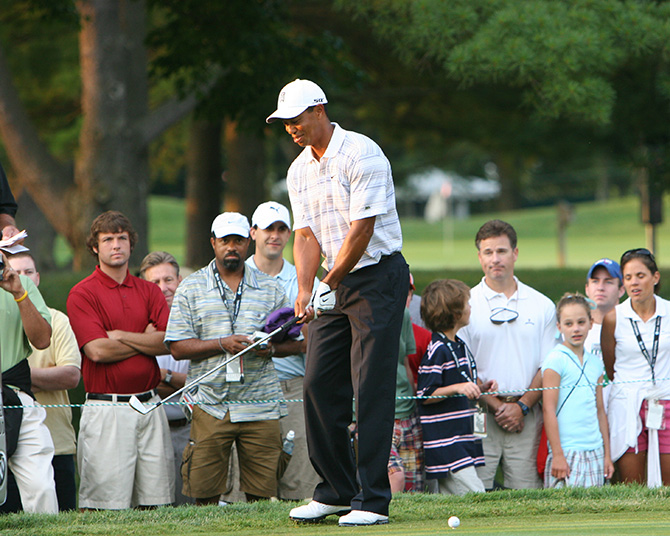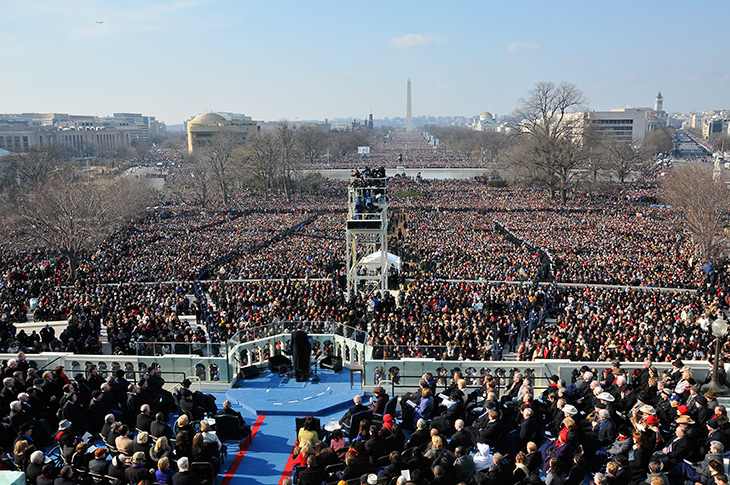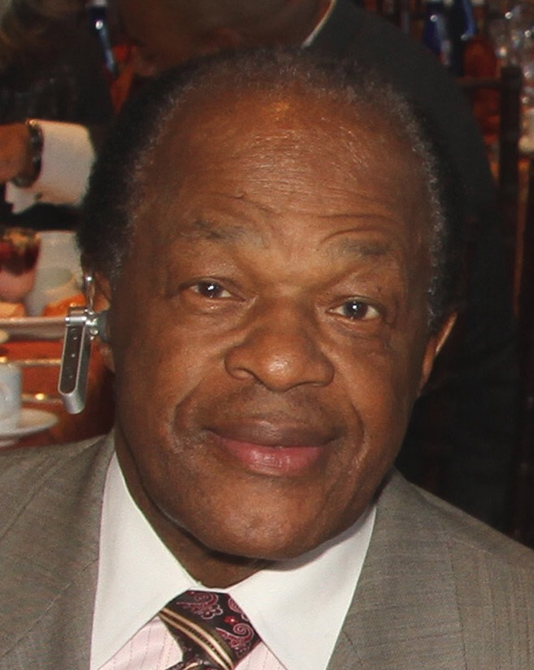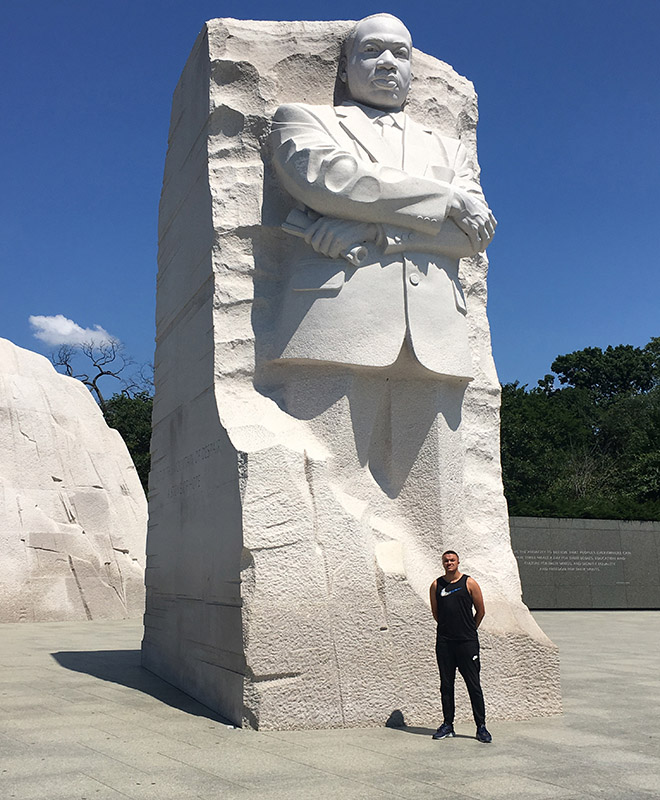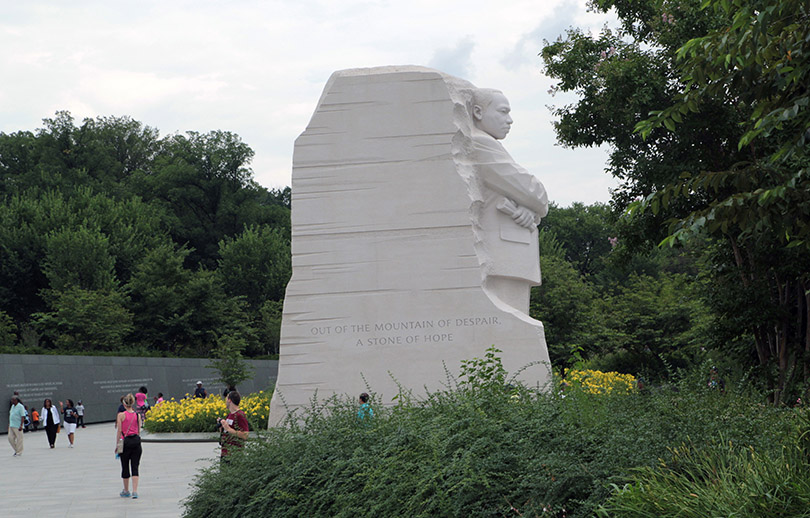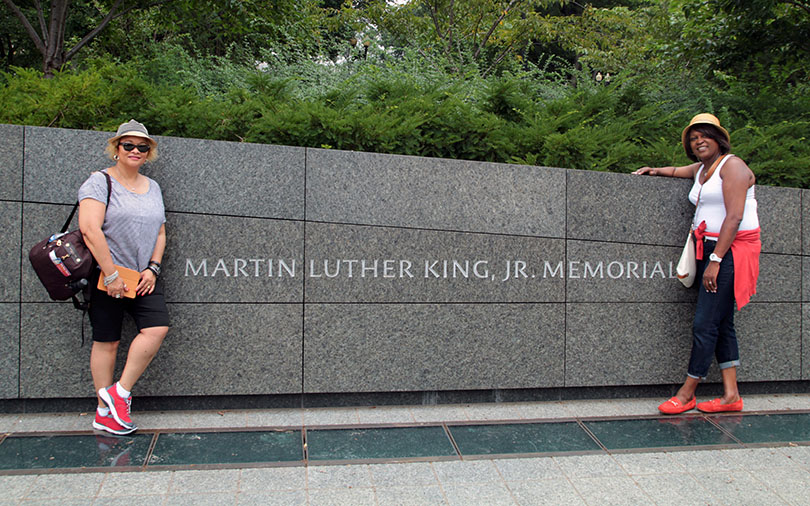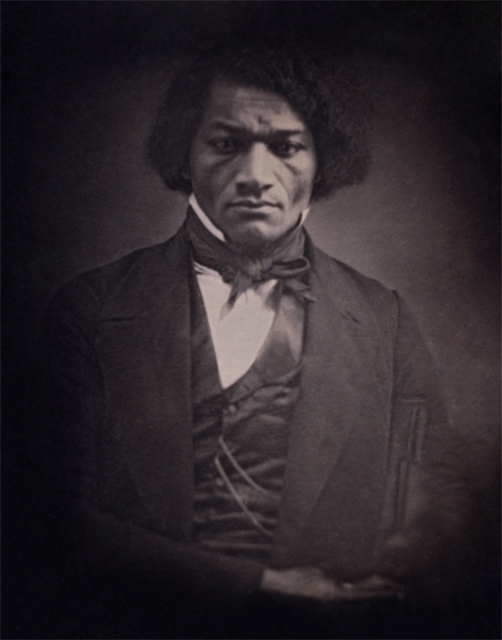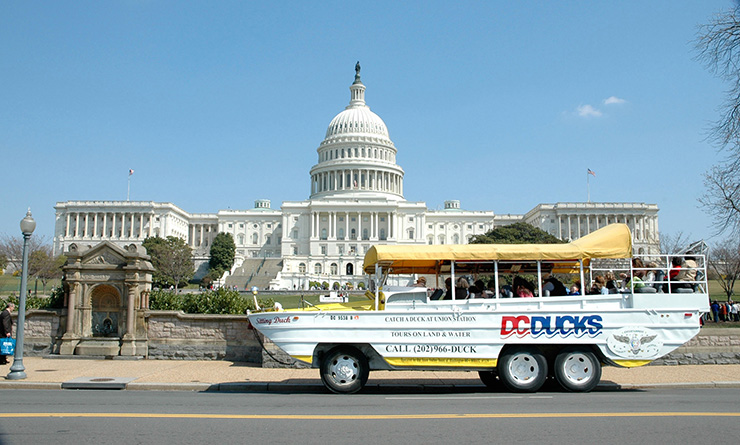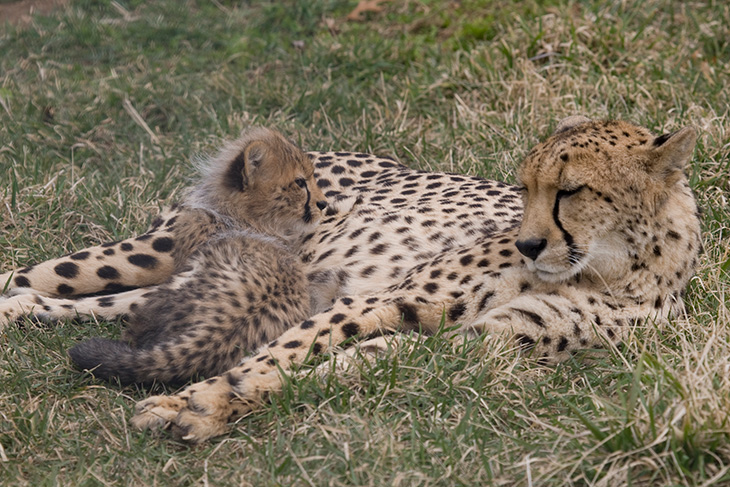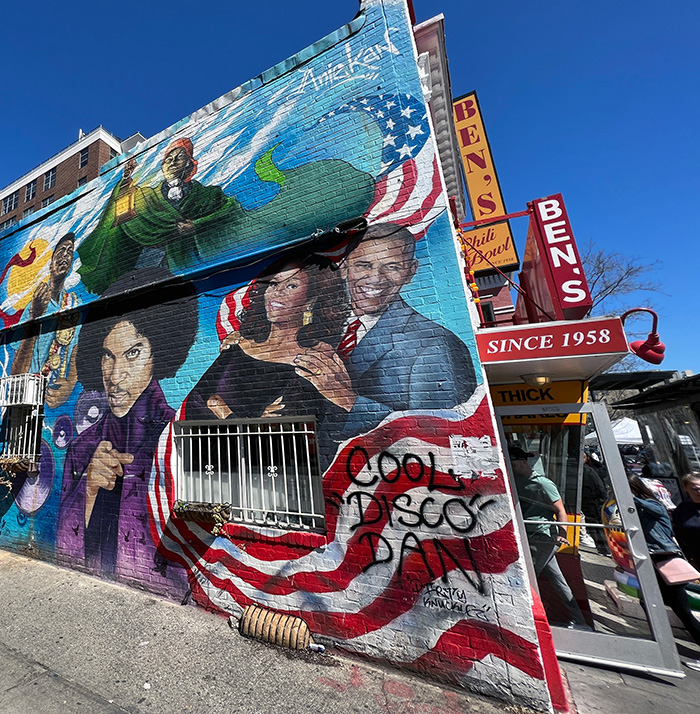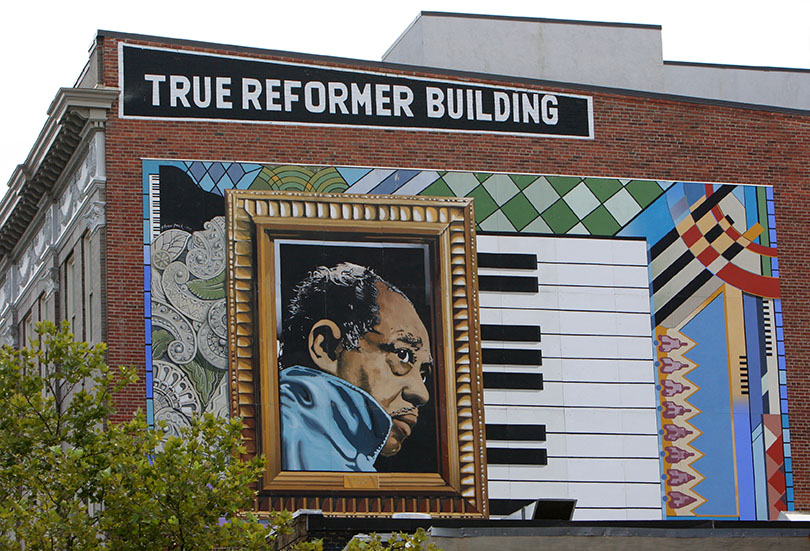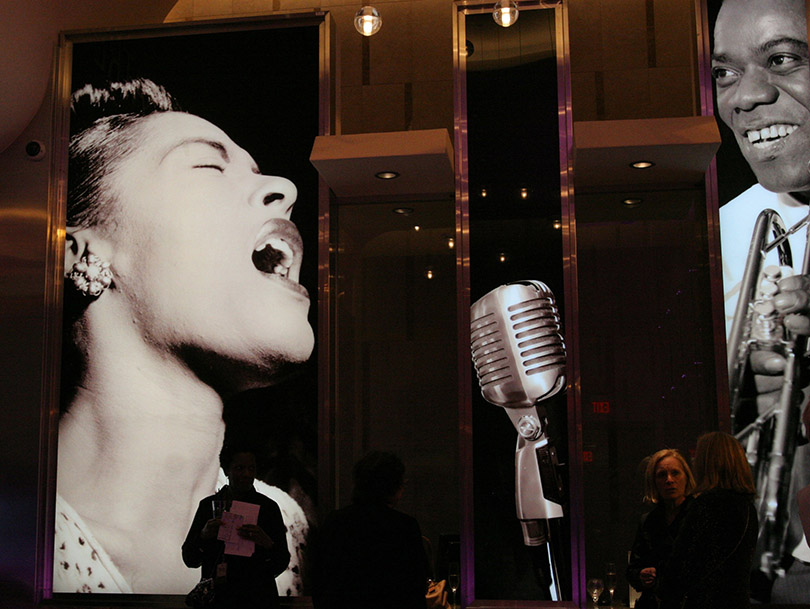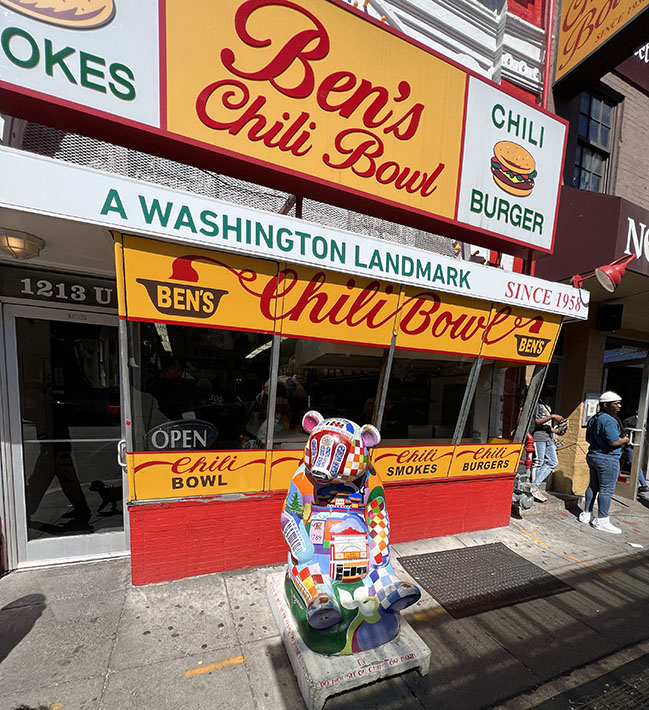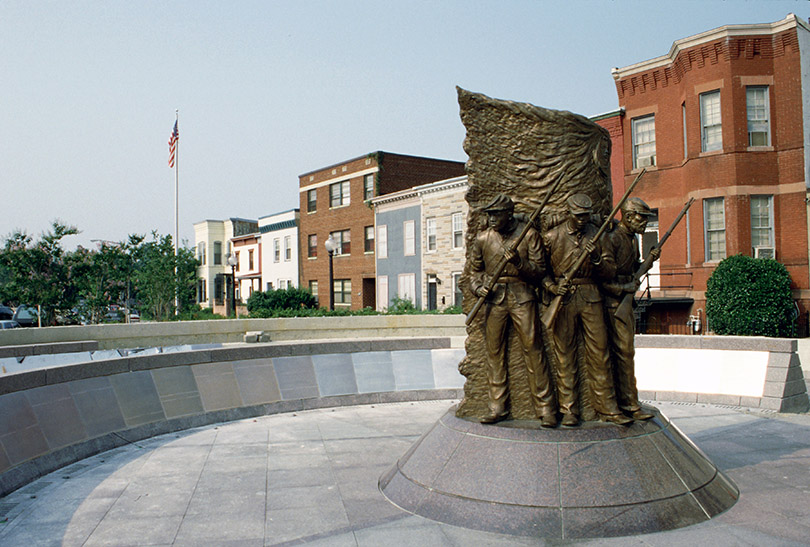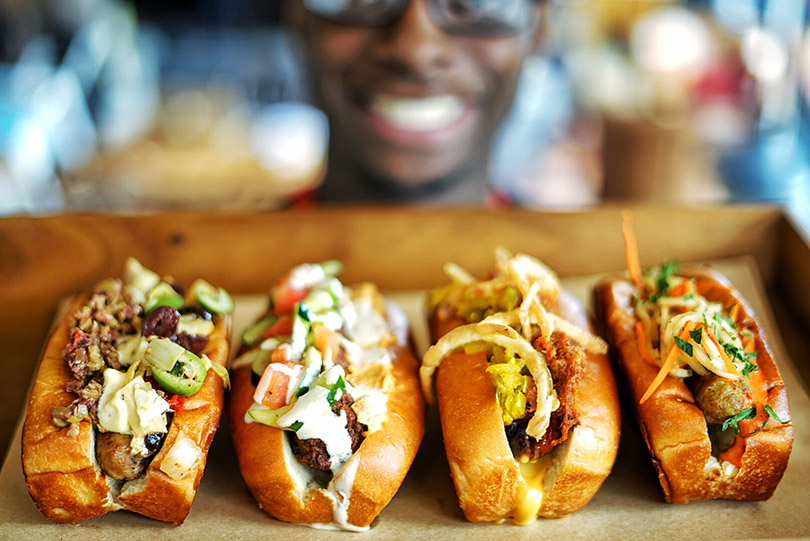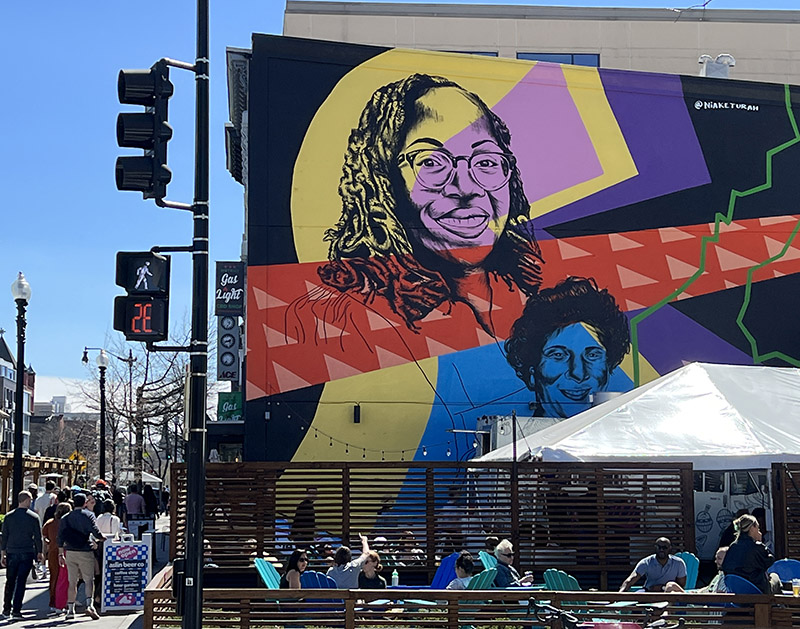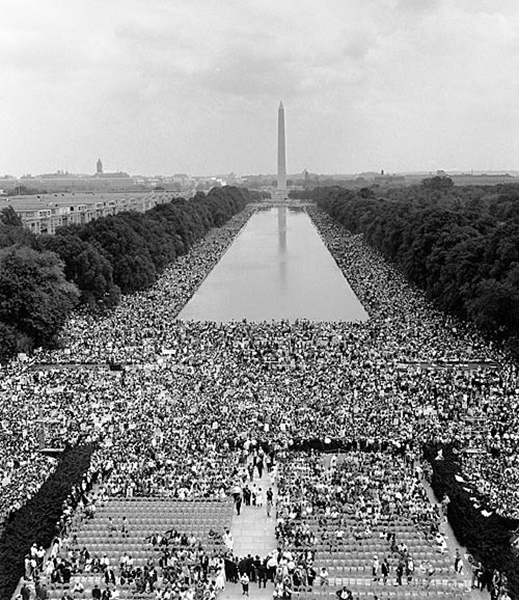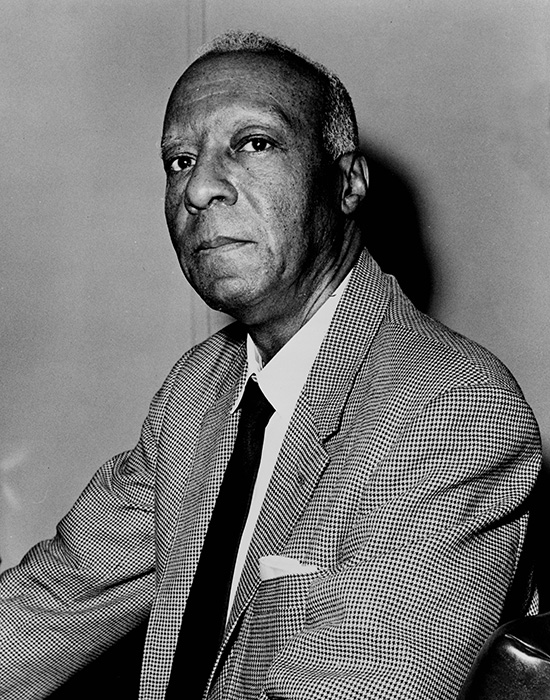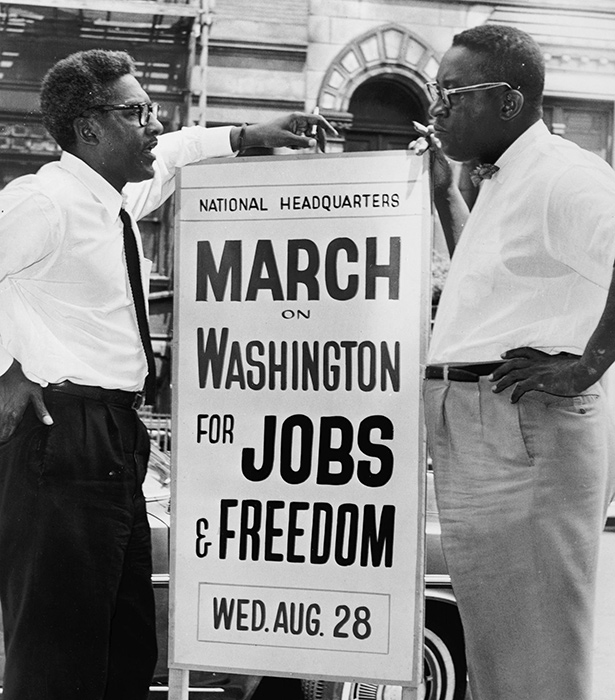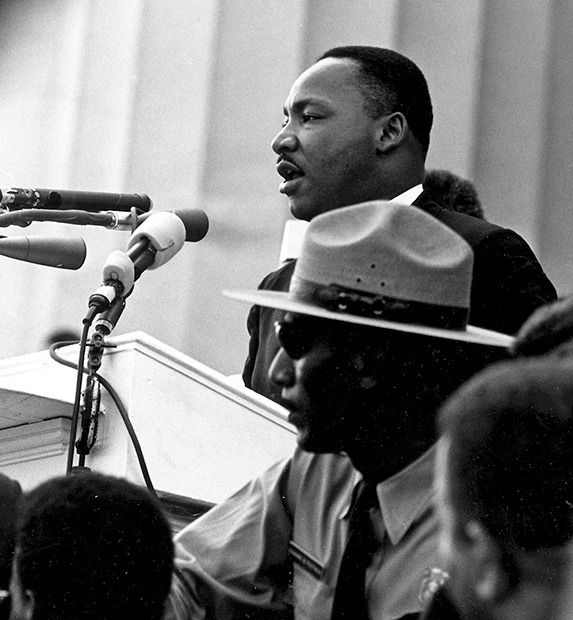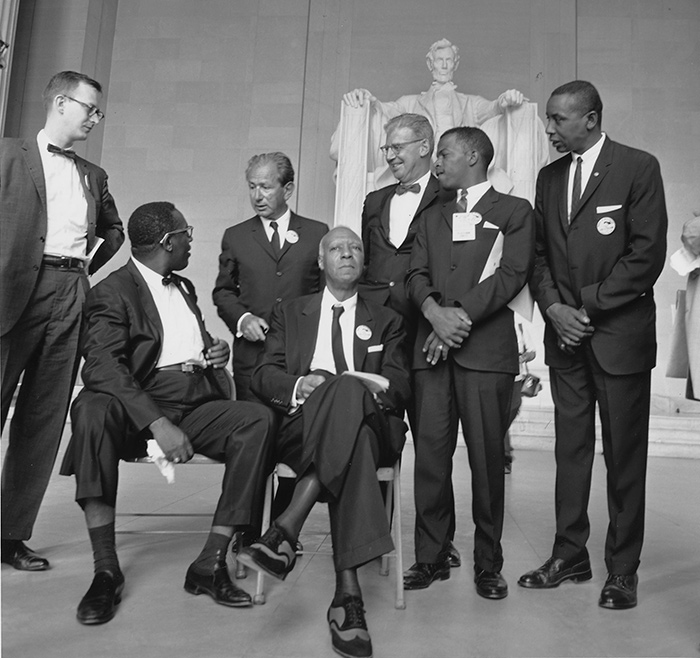Florida Keys
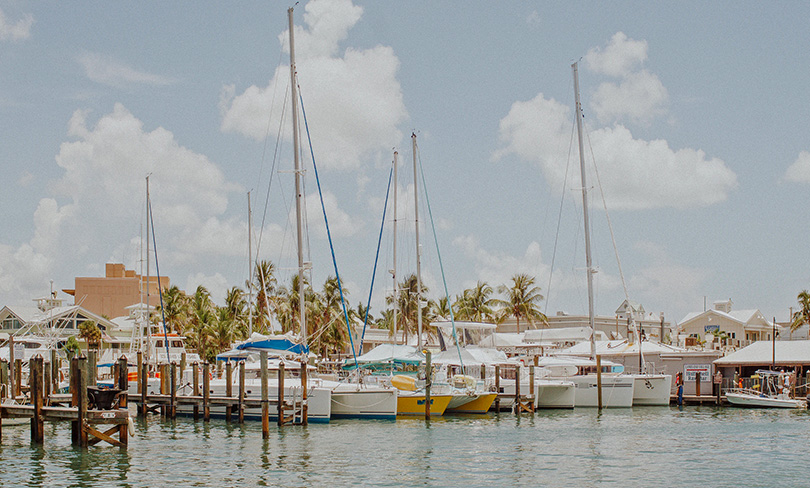
Rent a charter boat or cruise at Key West Harbor; credit Amber Kipp
Kicking It In The Florida Keys
Florida Keys are known for letting loose in subtropical sunshine, hanging out under a sky that stretches wider than the horizon, or relaxing on beaches where soft waves sometimes reveal small creatures like sand crabs. Turquoise color water and sea grass moving back and forth to the rhythm of the shallow ocean is all very inviting to swimmers, snorkelers, paddle boarders and kayakers. The keys are also a Mecca for fun fast food and crazy drink concoctions as well as a destination for elegant fine dinning. This 7-mile stretch of land at the bottom tip of Florida, dividing the Atlantic Ocean from the Gulf of Mexico, cordially welcomes beachcombers, novelists, bloggers, entrepreneurs and anyone with a dream to dance with life or vacation at their own pace, so long as that pace is unhurried and stress free. That is why by day, Key West pampers visitors and residents with a “don’t worry be happy” mantra and by night it becomes the kingdom of “let’s all party.”
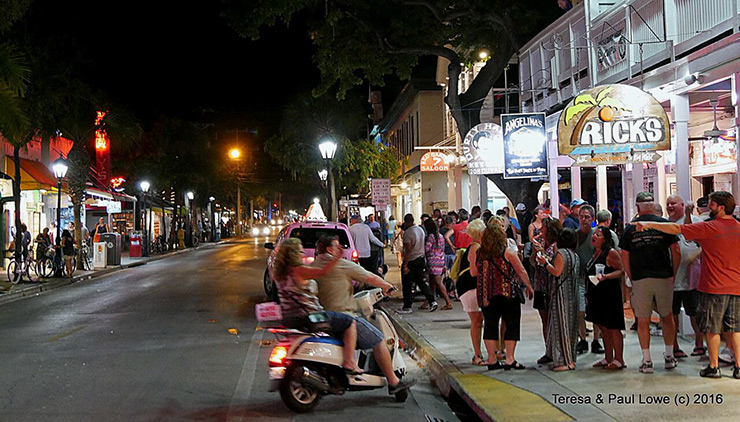
Bars in Key West
People often ask, “Is visiting the Florida Keys expensive?” Hotel and airline bookings to Key West, Islamorada or Miami during mid-week offer amazing opportunities for visitors. Restaurant and bars prices are typical of mid size cities. Most bars, restaurants and hotels are wallet friendly.
Slightly higher in summer. Make sure to catch early happy hour pricing specials-Wow! Perhaps what’s most appealing about the keys to a lot of folks is Key West itself. This getaway spot is home to truly eclectic groups of people, wonderfully fresh and over the top tasting seafood, drinks in quirky Duval Street bars. Also, dishes that make you think you’re dining on heaven’s front porch are served to packed tables daily at the Conch Republic Seafood Company. Included on the menu are fresh shucked oysters, local Hogfish (sweet tasting fish) or the local fish catch of the day, crabs and of course the local delicacy of Conch (sea mollusk). No meal is complete until tasting a great big slice key lime pie.
A Romantic Place to Stay in Key West
Chelsea House is quite restful. All of the cliches apply–cozy, immaculately clean, friendly staff, ideally located and the beds in the room are down right comfortable. When you’re a guest of Chelsea House continental breakfast by the pool is included. That’s the time to meet all of the other guests. The conversations can be quite fascinating because there are people visiting from around the world. Everyone has a story to tell and chances are you’ll hear many of them during breakfast.
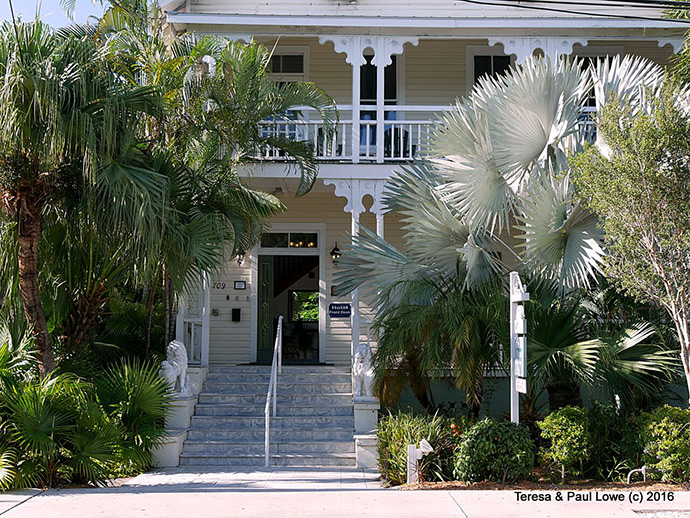
Chelsea House, Key West
The property is located close enough to Duval Street, the main avenue of the town, that you don’t need a car to see the happenings of Key West. Your room also is far enough away that you won’t be disturbed with any pedestrian traffic or sounds of the bars and restaurants. There are no elevators at this hotel.
Things to See in Key West and Islamorada
A short walk and an even shorter bicycle ride from the Chelsea House is the famed Ernest Hemingway Home and Museum. Hemingway of course was the American Nobel Prize in Literature-winning writer whose colorful life was often in full view on Key West, between 1931 and 1939. The museum features lush grounds, original furnishings, including Hemingway’s typewriters, his personal papers and photos of himself and celebrity friends. As you walk around the massive grounds you notice there are cats walking about. Hemingway loved cats but not just ordinary cats. He fancied a breed of cats with 6 toes. He said they bring good luck. Descendants of his original pets today are rather friendly and many of them will stop and pose for photos with you. They accept gratuities — kitty nibbles. It’s the cutest things you’ll ever see.
Touring Key West but not making a stop at the “Southern Most Point” marker or the Blue Heaven Restaurant would be an incomplete visit. The point is an iconic photo taking spot for tourists. The famous Blue Heaven is a bit eclectic but it’s a really cool place to enjoy a fantastic meal in a courtyard setting, or sip on a cool strong drink, sing along to some live local music and savor a big slice of the restaurant’s world renown key lime pie.
A real southern comfort dish that a lot of guests order is the local pink shrimp and grits bowl that’s topped with fresh melted gourmet cheeses and a side of fruit. These shrimp are so sweet and succulent! This combination is like holding a flavor convention in your mouth! Blue Heaven is a very popular spot and sometimes there’s a bit of a wait for a table but it’s well worth your patience.
America celebrates 100 years of the national parks and recreation system in 2016. Also, the Florida’s Keys National Marine Sanctuary is now 25 years old. You’d do yourself a tremendous favor to check out this sanctuary. This almost 3-thousand nautical mile protected area of water ways between Biscayne and Dry Tortugas is home to about 6-thousand pretty special and even some endangered sea creatures, such as the panther, the majestic manatee, sea birds, turtles, sharks, dolphins, fish, crabs, oysters, mangrove islands, sand flats, coral reef and even shipwrecks.
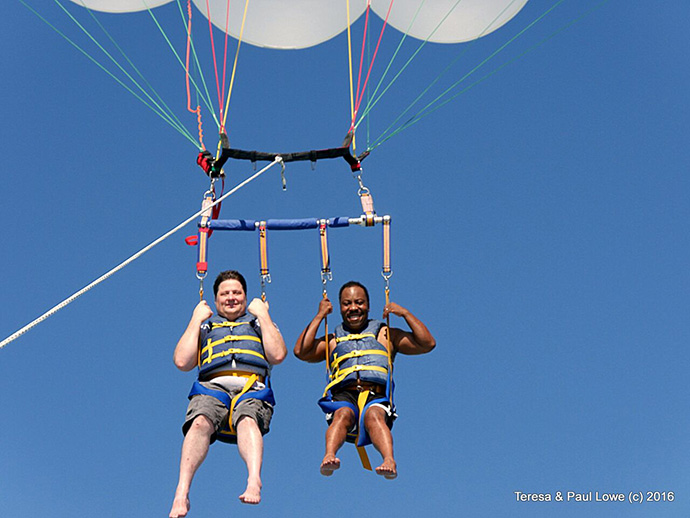
Paul parasailing over the Florida Keys
Another far-out over the top adventure for visitors to the Keys is going Parasailing. Quietly floating over the Gulf Water looking down into the clear water is quite serene and just fun! If you ask the skilled boat pilot will make maneuvers to allow you to skip your feet along the warm ocean waves for a cool refreshing adrenaline rush.
Perhaps the most relaxing and wonderful way to spend a late afternoon and early evening is at sea sailing with the Danger Charters Wind & Wine Sunset Cruise team. Hearing the sounds of rushing ocean water and big sails rustling in the gentle wind is quite tranquil as you watch the sun slowly drift down onto the orange and blue tint Florida horizon. Artisan cheeses, cured meats, bread, fresh fruits, wine and pleasant conversations with other guests aboard, and the gracious crew help make the experience one for your “life’s forever memories book.”
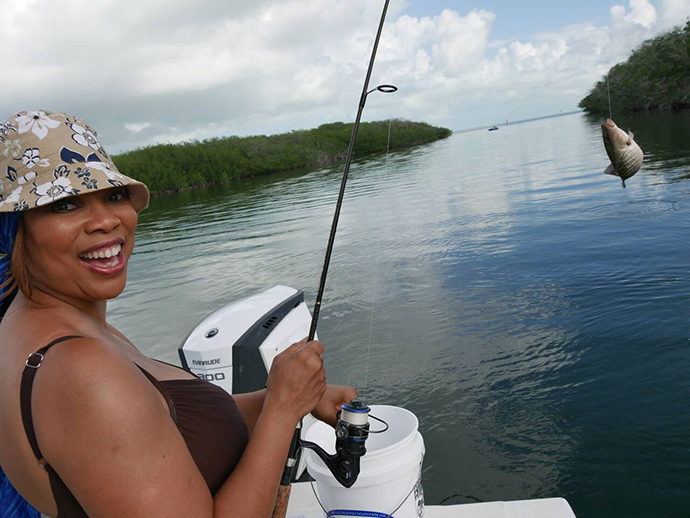
Teresa fishing in the Florida Keys
Fine dinning in Key West doesn’t get much more elegant than sitting for a full course meal at romantically secluded Latitudes Restaurant on Sunset Keys Island. Here, you just let the meal unfold before you. We noticed a few guests ordering steak. Chef Todd Holender’s eye appealing and even more delectably scrumptious aged beef dish is topped with mushroom, cheese, gourmet butter glaze and served with asparagus prepared to perfect tenderness. The local seafood and pasta creations are a foodies’ fantasy dream come true. Filling this plate is a healthy portion of scallops, lobster, smoked yellow tomatoes and paprika oil atop of a bed of pasta and served with zucchini – drool drool delicious!
More Fun Under the Florida Sun; Islamorada & Dry Tortugas
Exploring the protected everglades, mangroves and getting in a little fishing in nearby Islamorada is spectacular. This area of the Florida Keys is the sports fishing capital of the world. You don’t need to be a seasoned fisherman to snag a bite or two. Guides at the world famous Bud and Mary’s Marina are experienced experts at finding ideal spots to see wildlife and drop a line in the water. They will even properly bait your fishing line to reel in a big one. The captain and crew are entertaining-telling tall fish tales and jokes. During the day, while out at sea, the tales seem to grow taller and funnier. You’ll likely laugh until you cry. Walk next door to the Lazy Days Cafe and you can have your catch of the day cooked and served the way you like it.
Travels and adventures to the Florida Keys have a very long history in the U.S. The Dry Tortugas was first written about in the early 1500’s when Spanish explorer Ponce de Leon sailed upon the land. During the American Civil War the tiny island was in operation as a Union Army prison known as Fort Jefferson. The most famous of the inmates was Dr. Samuel Mudd. He was wrongly convicted of conspiracy in President Abraham Lincoln’s assassination in 1865. Dr. Mudd repaired the broken leg of assassin John Wilkes Booth but had nothing to do with Lincoln’s death. Mudd was eventually pardoned. The island today is a national park visited by tourists and campers. The island is 70 miles south of Key West.
A lot of folks opt to quickly fly over with Key West Seaplane Adventures. There is a lot to see during the trip from the low flying craft. Have your camera ready!
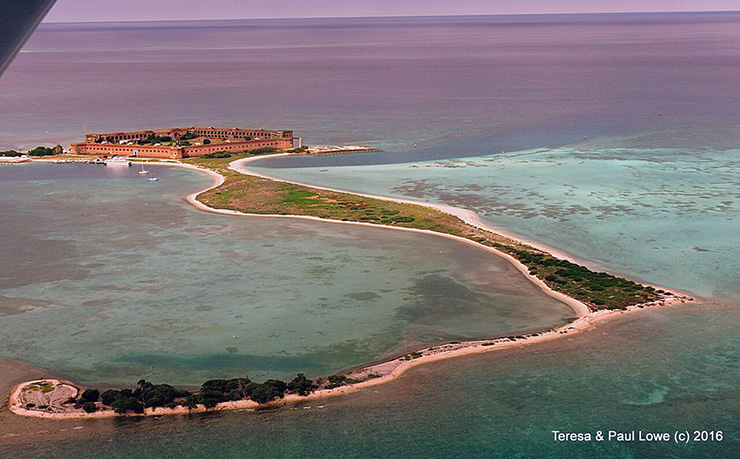
Fly over Dry Tortugas in the Florida Keys
Want to know where locals like to eat?
Dining on white tables next to the water front along with swing-chairs that allow you to enjoy a little warm sand in your toes with your meal while watching the magenta colored sunset is rather romantic at the Marker 88 Restaurant. It’s been around since the late 1960’s. Having a meal and drinks here is like being invited to your neighbor’s house for a friendly evening backyard party. The unrivaled cuisine served by chef Bobby Stoky are rather beautiful to the eyes and are drizzled and dripping with full flavors. The local yellow snapper fish prepared with key lime butter and the award winning crab cakes were popular plates orders on the night of our visit. The rib-eye steak prepared with mangrove honey and pepper glaze can make you giddy with delight – very, very tender and wonderfully bold tasty. If you enjoy a variety of international beer or wine they’re on the list here. Oh My!
It can be rather fitting to wind down a romantic and adventurous trip to the Keys in true luxury. The Cheeca Lodge and Spa is an historic and spectacular property. It’s hosted world celebrities and U.S. Presidents. When you’re a guest, you enjoy an exquisite private beach, a golf course and large comfortable suites with wonderful sunset views or gazes of the lush green landscapes. Dining at the Lodge is heavenly.
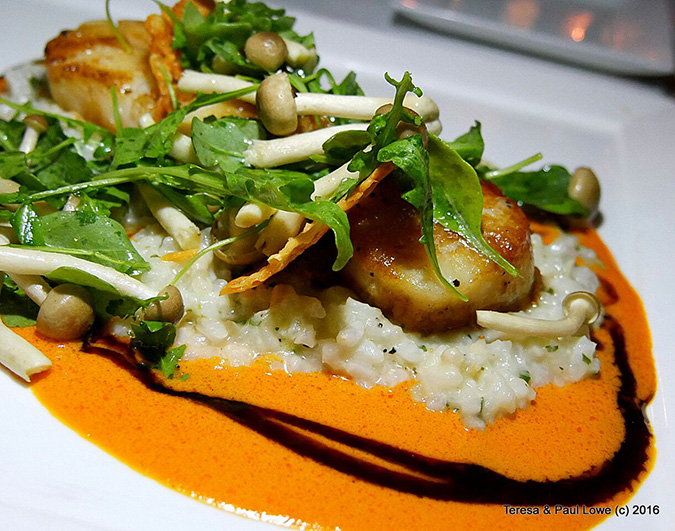
Seafood plate in the Florida Keys
Four different restaurants for every taste desire. You need only ask, and the dish is yours — everything from sushi, American and Italian favorites, super fresh seafood and burgers and fries- gourmet style of course. Chances are you’ll make many return visits to the Florida Keys.
Anytime is a cool time to kick it in the Florida Keys!
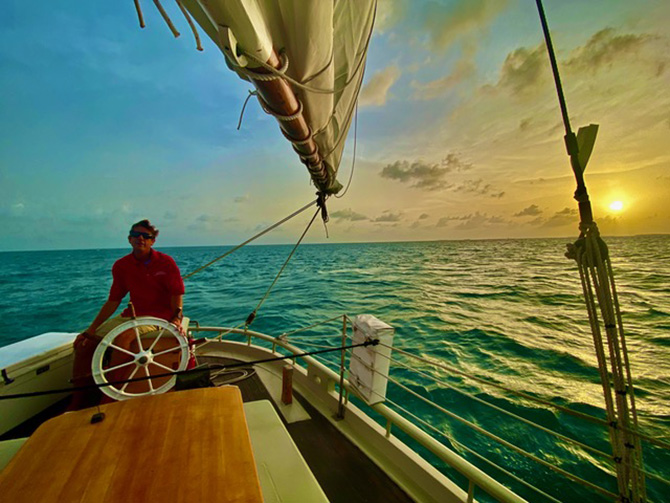
Sunset Sail off Key West; credit Dwight Brown
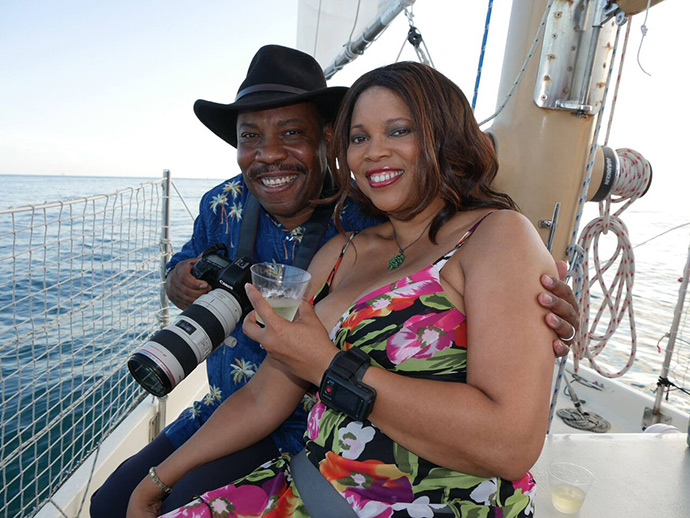
Paul & Teresa sailing on the Florida Keys

